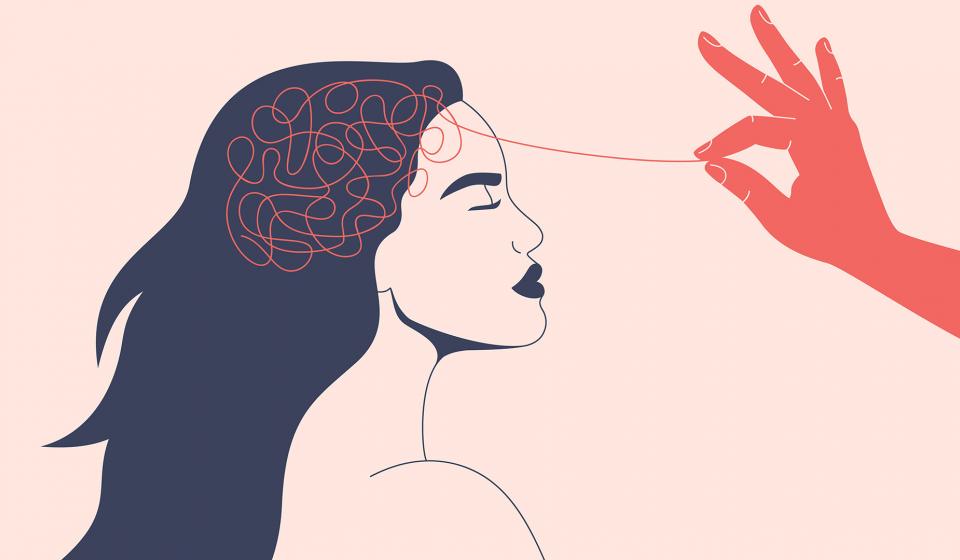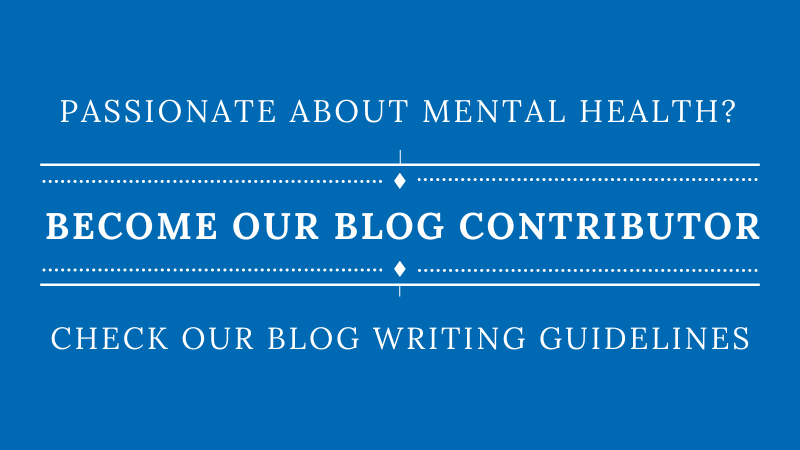One of the bright spots of the pandemic has been increased attention to mental health in the media and in everyday conversations.
Many of us are checking in with others about their well-being like never before. However, many people find it challenging to have a conversation with someone who may be experiencing a decline in their mental health or living with mental illness. One might suspect a family member, friend, or acquaintance may be unwell, but how do we start this kind of conversation?
Using people-first language is a good first step.
What is People-First Language?
People-first language prioritizes the person over the illness, disability, or condition.
Denise Waligora, Training and Delivery Specialist for Mental Health First Aid Canada, explains the importance of people-first language:
We do not define someone by their mental health problem/diagnosis. A person is not their illness. When we define someone by their illness, that is all that people see. They don’t see the creativity, kindness, originality, and intelligence the person possesses. They don’t see the person for who they really are. They just see the illness and all the misinformation/myths that go along with that illness.
People-first language asks us to be mindful of the impact of the words we use. It asks us to focus on the person rather than their illness.
Due to the prevalence of stigmatizing language, a person who is living with a mental health problem may not be able to see themselves as anything other than their diagnosis or their condition. This may prevent them from achieving their full potential. People living with mental illness need to understand that they are not the mental illness itself but rather that the illness is something they are living with. The same goes for people with declining mental well-being. People-first language can aid people living with a mental health problem to understand that they are more than just their illness or condition.
Using people-first language shows respect for an individual as a person rather than lumping them into categories or labelling them. Words like “abnormal,” “dysfunctional,” or “disabled” can be particularly harmful.
You may see yourself as a mental health ally, but if you are using stigmatizing language, people who are living with a mental health problem may be less likely to approach you.
Unfortunately, stigmatizing language is quite common in our culture. When you watch TV, speak with friends and families, or talk with a coworker, have you ever heard language like this?
- “That’s so crazy.”
- “They used to be an addict.”
- “They suffer from depression.”
- “They killed themselves.”
Waligora stresses that moving away from this kind of stigmatizing language and towards people-first language can help to fight the stigma attached to mental illness and declining mental well-being:
When we know better, we do better. The ability to be mindful of respectful language can open the doors to individuals being comfortable to talk about their mental well-being or struggles they may be experiencing. Imagine that a colleague, family member, or friend heard someone talking about mental health in a respectful, supportive way; they would be more comfortable being open and honest. It really does start with us. We have the ability to hold space for someone that may be struggling. Our language needs to demonstrate that we are an ally.
How Can You Use It?
When it comes to discussing mental illness or declining mental well-being in everyday life, instead of emphasizing a person’s condition use a more appropriate people-first alternative. Here are some examples:
| Stigmatizing | Respectful |
| This person suffers from depression. | This person lives with/is experiencing depression. |
| This person committed suicide. | This person died by suicide. |
| That drives me insane/crazy/nuts. | That bothers/annoys/frustrates me. |
| This person is/was an addict/junkie. | This person lives with a substance use disorder or this person is in recovery. |
See our full safer language guide
For more information, see our Safer Language Reference Guide: https://www.mhfa.ca/en/safer-language-reference-guide.
In both The Working Mind and Mental Health First Aid training delivered by the Mental Health Commission of Canada, we discuss how to use people-first language.
Pauline Meunier, Training and Delivery Specialist for The Working Mind, explains the importance of this part of the training:
At the end of the training, I often ask participants what stood out for them, what’s one thing you’re going to try or maybe have been reminded of. Many times, participants say the Language Matters piece. I think this is such a powerful realization because they connect how using old, out-of-date language can cause harm and perpetuate stigmatizing negative stereotypes.
Meunier explains that during the training she focuses on the importance of using appropriate language to signal to others that she is a safe person who they can trust. “You can reduce stigma simply by using the appropriate language,” she said.
Remember, one of the biggest hurdles to overcome for anyone struggling with a mental health problem is the stigma attached to it. Everyone can be a champion against stigma when advocating the use of accurate and respectful language. Ending the stigma starts when you take action. Be aware of any outdated language being used in the media and around us in everyday life. Be mindful of the impact of your language. Together we can help end the stigma around mental health.






